Images are the foundation of any branding, marketing, or promotion you run, including email marketing campaigns.
In today’s content-rich digital landscape, people have zero patience for content that wastes their time. It doesn’t take long to assess our content by its images.
When people open an email, they scan it to “get the picture”. They take in the layout of the email, which is the biggest and most eye-catching visual, and then the eye starts collecting the details. Big images, small icons, and headings that pop out.
At this point, they haven’t started reading any boxes with textual content. Most people won’t dive into the text before doing this quick assessment. Only then they’ll decide whether your campaign is worth their time or not.
Images have the power to convince people to read your emails, thus increasing your views. A good image gets you in the door, giving you a chance to sell the image. A great image stimulates an action, creates an emotive reaction that cannot be satisfied without your product or service. An excellent image is an ambassador of your brand that increases not only sales, but creates an emotional connection between customers and brands.
Don’t get discouraged if your pictures don’t look like professional ads as you can easily enhance them using special software. An easy online background changer can be a great tool to quickly transform your photos and give them a more professional look. If you have never tried to embellish a picture before and don’t know how to showcase your product, you can make use photo editing services, which will save you time and money.
Choosing the right image is an art not easily mastered. It’s a good thing that art can be learned, with the right information and the willingness to experiment with design. Below, you’ll find a guide that outlines key steps for choosing the right images for your email campaigns.
Experiment with A/B testing to ensure that your images work.
Step 1: Choose the right visual content
Visual content is the art of telling a story through an image. It can be a story about your brand, a story about your audience, an informative story about your industry, or a combination of these elements. Each visual story should trigger an emotional reaction. We want your audience engaged and feeling inspired to buy what you’re selling.
When you’re designing an email campaign, make sure you select all of your images in advance. This way you can ensure that the images look good together, and that they complement each other and tell a unified story. Here’s a pro tip: if you’re using stock images and the images have a similar element but the colors don’t work, add an overlay. This will give your images and campaign a professional and appealing look.
1. Choose images that reflect your brand
If you’re marketing a technology company that sells consumer gadgets, you would want images that reflect a clean and professional look. The kind that inspire confidence in the quality and safety of your products. If you’re selling flower arrangements, you would want a colorful and cheery visual content. Of course, you can combine technology with flowers if that makes sense. Just make sure you choose the kind of images that represent your brand well.
2. Choose images that mirror your audience
A target audience represents the consumers most likely to buy your product or services. This is the group of people (or animals) you have researched and learned and narrowed down into a shopping list of personality traits and consumer habits. You know what they want, and you know they’ll love your products. Show them an image that showcases…a person with the product. That could be a group of students eating pizza while cramming for exams, or a dog chewing on a bone. Show your audience how it would look like to use, possess, and consume your product.
3. Choose images that stimulate emotions
An image that shows your audience is key to helping them identify, and connect with the product or service you’re promoting. An image of an ice cream cone can be tempting all by itself, especially in a macro shot that shows how the yummy goodness dribbles slowly. Better yet, use an image with a child holding the ice cream cone, smiling, with yummy goo dripping down a chubby cheek. Now we’re selling an emotion and nostalgia, through an image that mirrors the audience.
Step 2: Choose the right visual presentation
The way you present your visual story changes the story you tell, the value you share, and the emotion you inspire. Below, you’ll find some popular visual presentation types you can use to tell your own story.
1. Infographics: images that help your audience
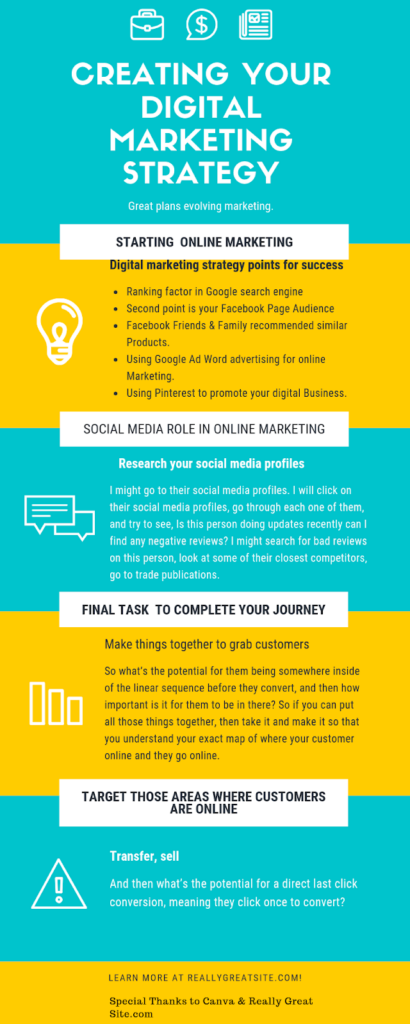
An infographic is a graphic representation of information. People love infographics because they condense information into a visually appealing form that is fast and easy to digest. You can find stock templates, but try to stick to the original. Too many elements could destroy the simplicity—and the whole point—of the infographic.
Make sure that your infographic files are responsive. You want them to fit every screen display, so everyone on your email marketing list would be able to see the graphic properly.
2. Illustrations: images that impress your audience
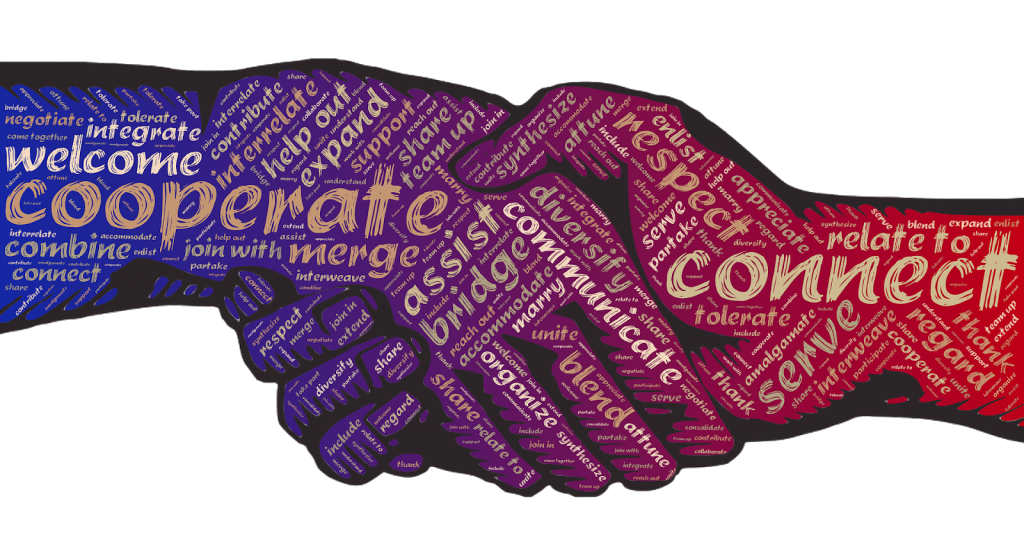
Illustrations tell visual stories, and they create a familiarity that can be traced to childhood. Children use images and illustrations before they start reading. As they continue acquiring reading skills, they use illustrated books and comics.
Illustrations are a powerful way to convey a simple message or a complex story. Illustrated icons, for example, send a simple message—click here to contact us or share this email. Illustrated images deliver a story through a scene. It can be a complex scene or a simple one, but do try to keep your message clear.
3. Macro photos: images that seduce your audience
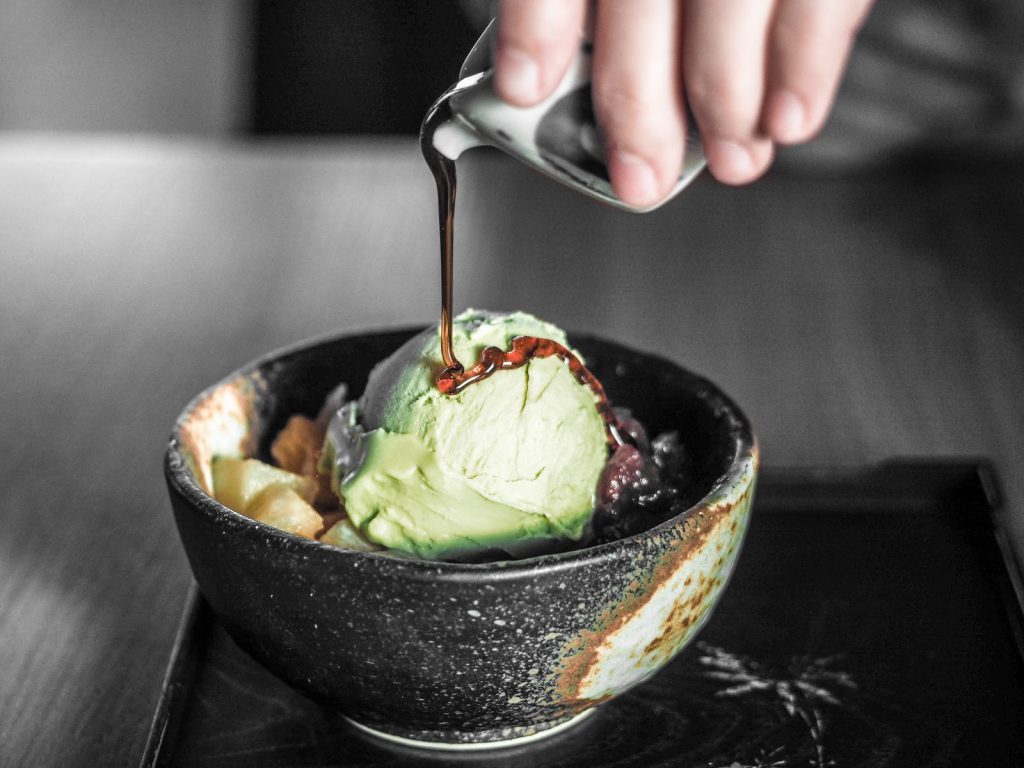
Macro images present real objects and scenes in larger-than-life proportions. If we go back to the image of the ice cream cone, the smiley child, and the dripping goo, we would need to focus on an aspect of the image and enlarge it.
Macro images tend to have a big impact, because they put a spotlight on the consumer’s desires. For example, we could put our cropping square over the section that contains the smile, dripping ice cream and the hand that holds it to the mouth. We’ll crop it, enlarge it, and we’ll be left with a macro image. Do so with a high quality image only, or your image will get pixelated.
It’s a wrap!
An image can make or break your email campaign. In most cases, the “break” part won’t lead to a catastrophic event in which you’ll get raging mad emails (unless you violate copyright or choose insensitive images). You would “just” get no responses, no clicks, no sales, no leads… which is the whole point of this campaign. If you don’t have the graphic expertise in-house, you can work together with a professional graphic design service to help you to optimize your visuals.
However, if you choose your images wisely, and if you set up your email layout in a visually appealing way that tells an engaging and relevant story, you could increase your conversion rates and Return On Investment (ROI). The key to success with choosing images is A/B testing. Experiment, find the images that speak to your audience, and segment as much as possible.





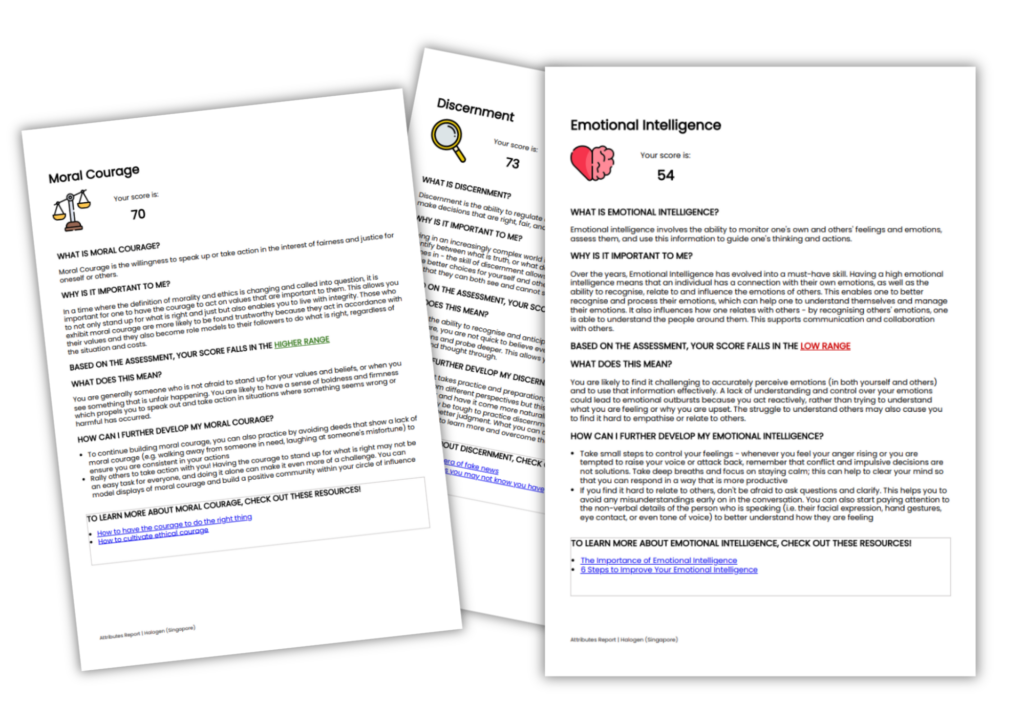

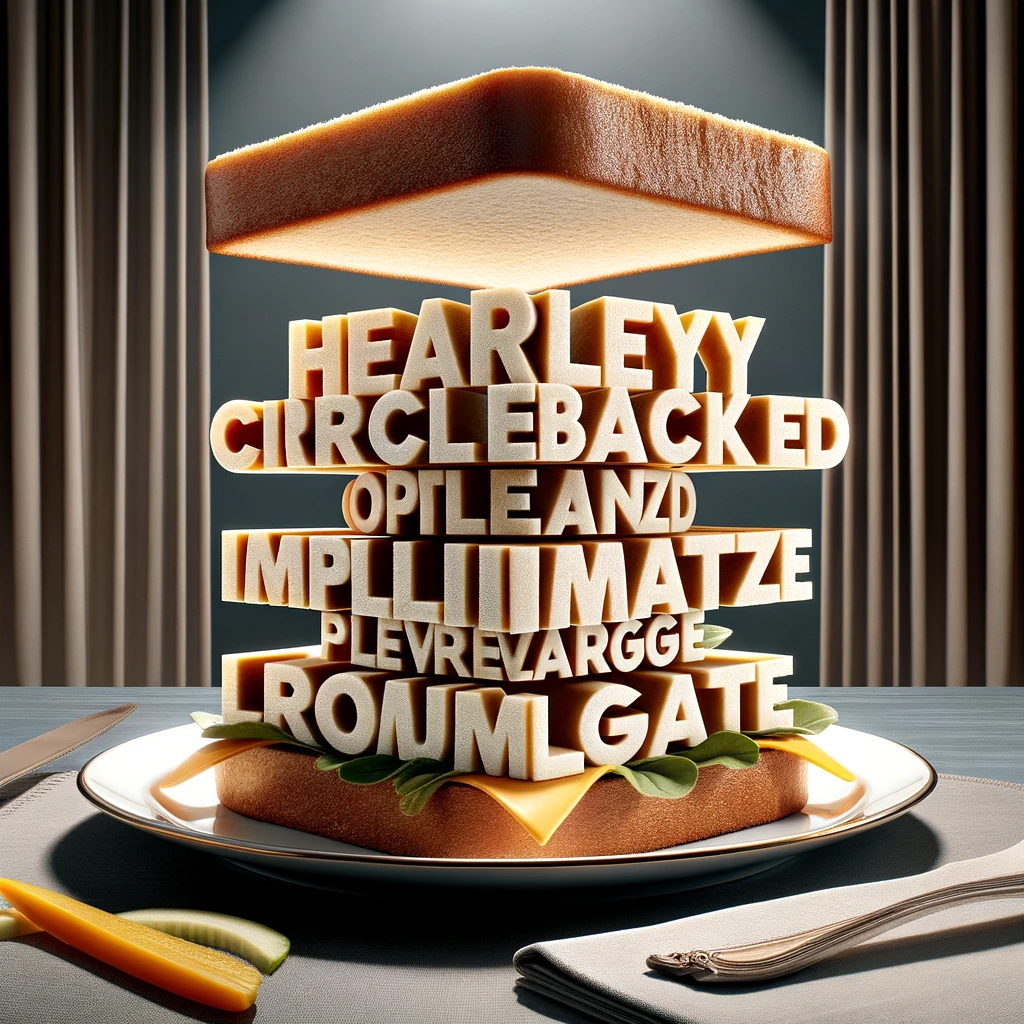


One Response
Nice Post!! The ideas of images that you describe here are great to attract the customer’s attention towards your mail. I am doing email marketing for guest blogging and backlinks purposes for Branding Marketing Agency. So, is this idea of adding creative and appealing images can be useful there?